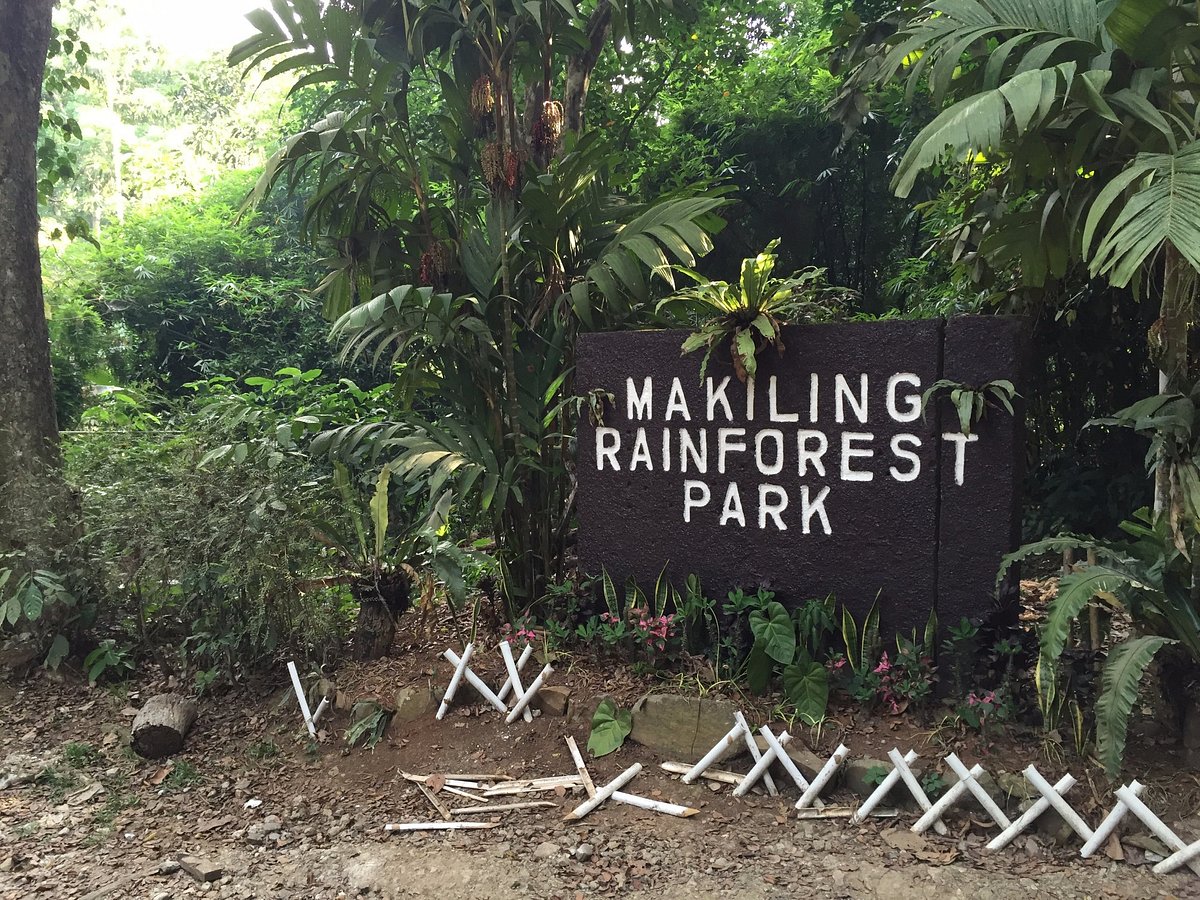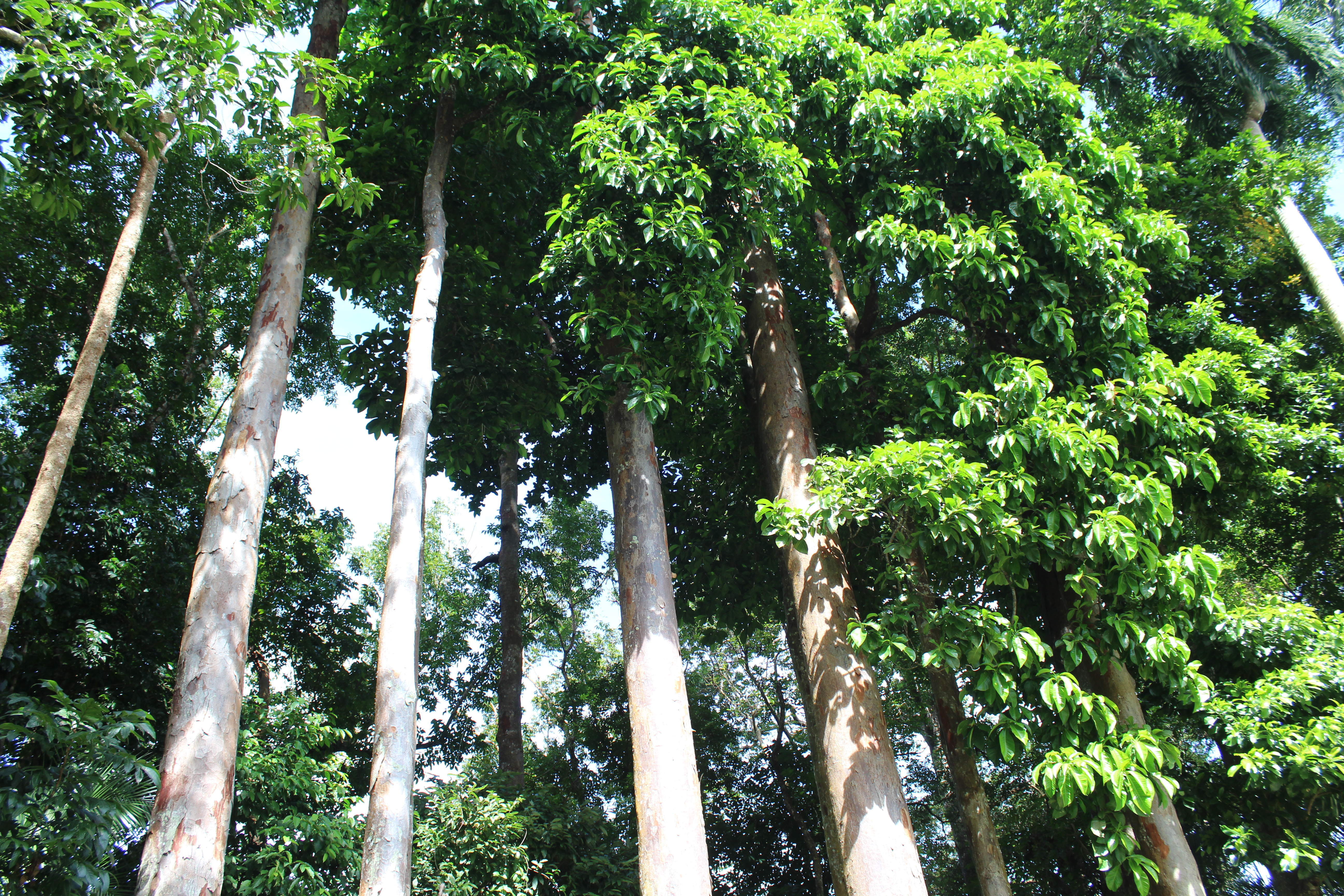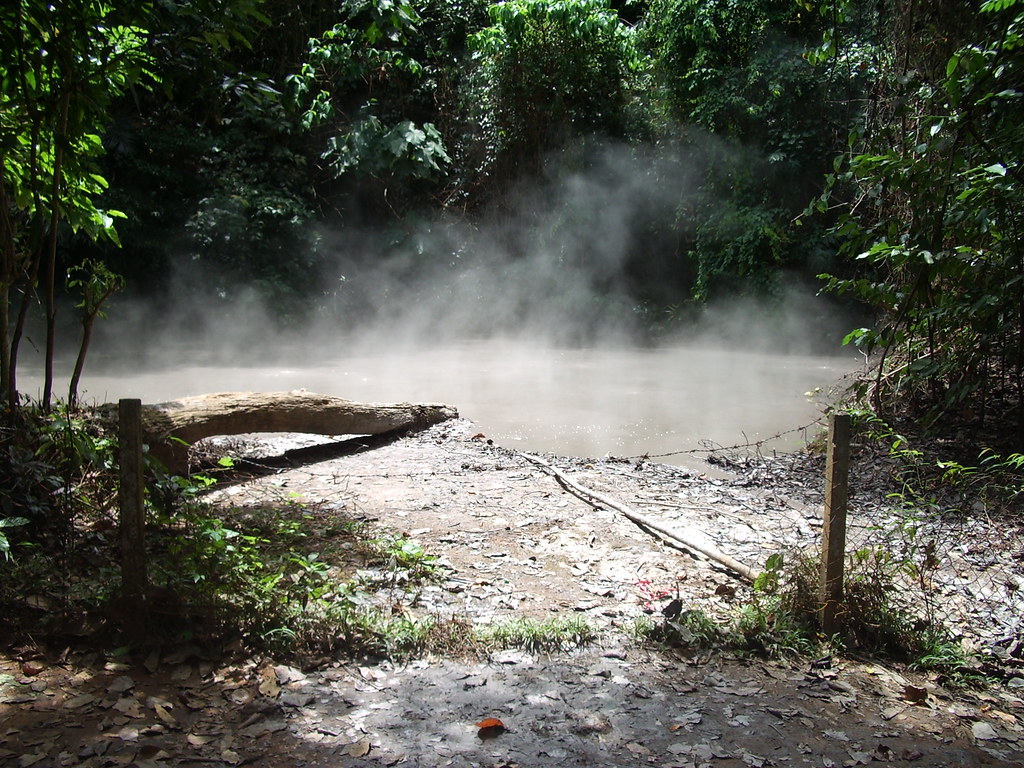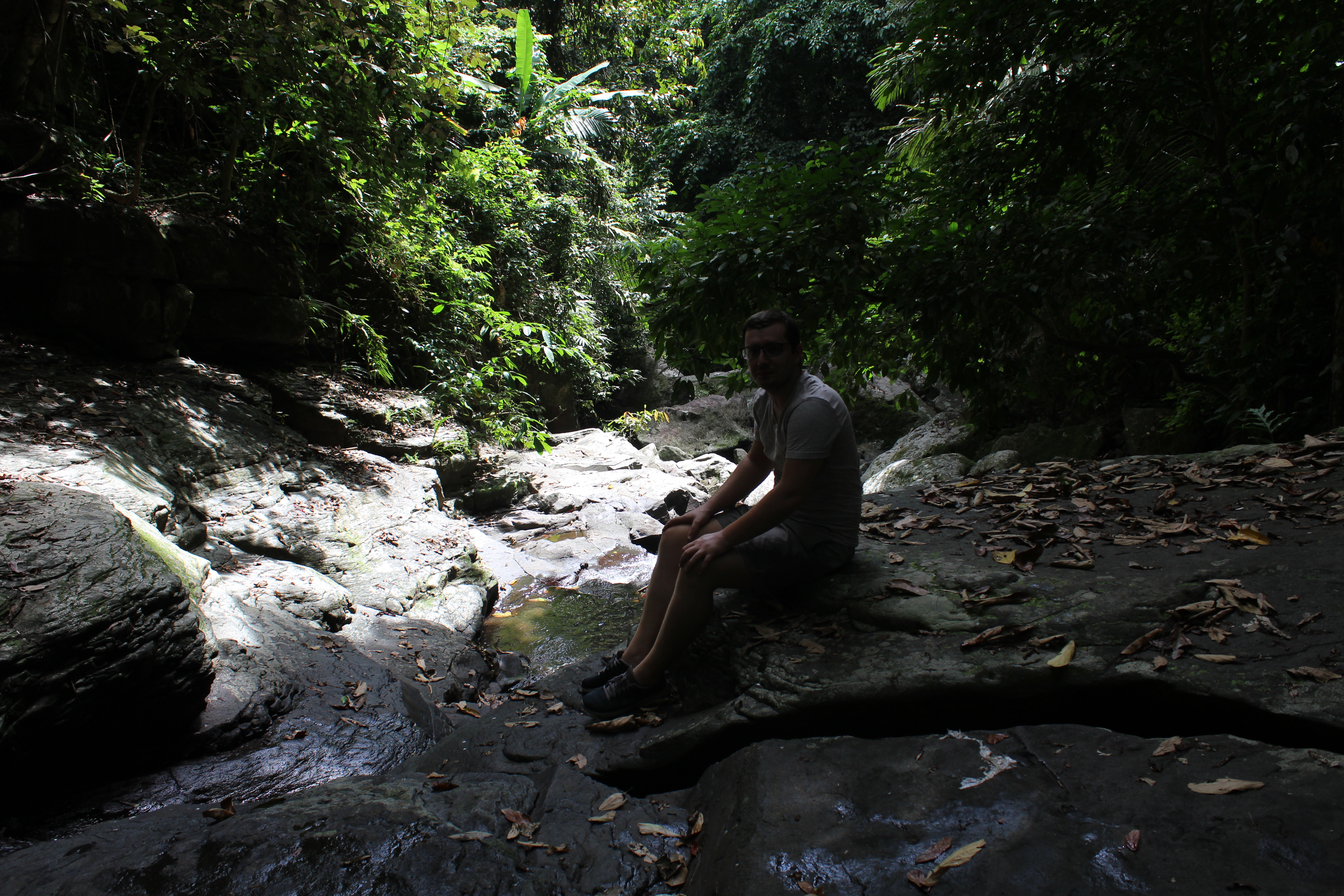Mount Makiling Guide

Mount Makiling is situated within the province of Laguna, approximately 70 kilometers (43 miles) south of Manila, the capital of the Philippines. Mount Makiling is renowned for its rich biodiversity, natural beauty, and cultural significance.
Mount Makiling is part of the larger Makiling-Banahaw mountain range and is characterized by its distinctive shape, often described as resembling the profile of a reclining woman. It is an extinct volcano and stands at an elevation of approximately 1,090 meters (3,580 feet) above sea level.
The mountain is known for its exceptional biodiversity, housing various flora and fauna. It is home to numerous plant and animal species, some of which are endemic to the Philippines. The forested slopes of Mount Makiling have been designated as a National Park to protect its unique ecosystem.
Mount Makiling is a popular destination for hikers, trekkers, and nature enthusiasts. There are several established trails leading to its summit, with the Makiling Trail being the most commonly used. The trek offers a variety of experiences, from dense forests to open grasslands. It typically takes several hours to reach the summit, and hikers are rewarded with stunning views of the surrounding landscape.
Mount Makiling is steeped in Philippine folklore and mythology. One of the most famous legends tells of Maria Makiling, a fairy-like diwata or nymph who is said to reside on the mountain. According to the legend, Maria Makiling can be a benevolent guardian of the mountain or a source of misfortune for those who disrespect it.
Due to its unique ecosystem, Mount Makiling has been a subject of scientific research and conservation efforts. It has also been designated as an ASEAN Heritage Park, recognizing its importance on a regional scale.
Like many natural areas around the world, Mount Makiling faces threats from deforestation, illegal logging, and habitat destruction. Conservation organizations and government agencies have been working to protect and preserve the mountain's environment.

The mud springs on Mount Makiling are one of the notable geological features of the mountain. These geothermal springs are known for the presence of bubbling mud pots and sulfuric vents, and they add a unique and somewhat eerie character to the mountain's landscape.
The mud springs are a result of the geothermal activity occurring beneath Mount Makiling. The mountain is an extinct volcano, and while it is no longer active, there are still residual geothermal processes taking place beneath its surface. These processes can lead to the emergence of hot water, steam, and mud.
Some of the mud springs on Mount Makiling are known for their sulfuric vents. Sulfur is a common element associated with volcanic activity, and the presence of sulfuric vents indicates that there are still volcanic gases and heat beneath the mountain. The sulfuric vents can release steam and gases with a distinct sulfurous odor.
The mud springs often feature bubbling mud pots. These mud pots are created when hot water and steam mix with volcanic ash and other sediments in the soil. The resulting mixture can have a thick, gooey consistency, and it bubbles up from beneath the ground. It's not only a visually intriguing natural phenomenon but also an indicator of the geothermal activity in the area.
The presence of geothermal activity, including the mud springs, can influence the local ecosystem on Mount Makiling. Some plant species have adapted to thrive in these unique conditions, and certain microorganisms are known to inhabit the area. Scientists and researchers may study these ecosystems to better understand extremophiles, organisms that can survive in extreme environments.
While the mud springs are fascinating to observe, it's essential to exercise caution when exploring these areas. The hot mud and water can be dangerously hot, and the terrain may be unstable. Visitors should avoid direct contact with the mud pots and be mindful of safety guidelines when approaching geothermal features.
The mud springs offer educational opportunities for those interested in geology and the earth sciences. Local authorities and conservation organizations may provide information about the geothermal processes occurring on Mount Makiling and their significance.

Trekking and hiking in Mount Makiling offer outdoor enthusiasts the chance to explore the mountain's diverse ecosystems, witness its unique geological features, and enjoy the breathtaking scenery. The most popular hiking route on Mount Makiling is the Makiling Trail, which provides a diverse and rewarding hiking experience.
Popularity: The Makiling Trail is the most well-known and frequently used trail on Mount Makiling. It's popular among both novice and experienced hikers, as it offers a variety of terrain and stunning natural beauty.
Trailhead: The trailhead for the Makiling Trail is often accessed from the University of the Philippines Los Baños (UPLB) campus in Los Baños, Laguna. This makes it easily accessible for students and visitors to the area.
Scenic Variety: The Makiling Trail takes hikers through lush forests, bamboo groves, and open grasslands. As you ascend, you'll encounter diverse plant and animal life, making it a great trail for nature enthusiasts and birdwatchers.
Maria Makiling Spring: Along the Makiling Trail, you can visit Maria Makiling Spring, a serene spot often associated with the local folklore of Maria Makiling, the mountain's legendary diwata (fairy). It's a picturesque resting point for hikers.
Difficulty: The difficulty level of the Makiling Trail can vary depending on the specific route you choose. While it's generally considered a moderate hike, some sections can be steep and challenging, so hikers should be prepared with appropriate gear and clothing.
Summit: The Makiling Trail ultimately leads to the summit of Mount Makiling, where you can enjoy panoramic views of the surrounding landscape, including Laguna de Bay and the neighboring towns and cities. The summit is a popular destination for hikers and a great place for taking in the scenery.
Guides: It's advisable to hire a local guide when hiking on Mount Makiling, especially if you're not familiar with the trail or the mountain's terrain. Guides can provide valuable information about the area and ensure your safety. If you are experienced hiker, no guide is necessary.
The mountain's legend of Maria Makiling adds an extra layer of mystique to the hiking experience. The folklore surrounding Maria Makiling is an integral part of local culture, and you may encounter stories and traditions related to her during your hike.
The cool, refreshing climate on the mountain can be a welcome escape from the heat of the lowlands, making it a popular destination for locals and tourists alike.
The varying ecosystems on Mount Makiling provide opportunities for wildlife observation, including birdwatching. Keep an eye out for unique avian species during your trek.

The legend of Maria Makiling is one of the most famous and enduring folktales in Philippine folklore. It is closely associated with Mount Makiling, and the story has been passed down through generations. The legend tells the tale of Maria Makiling, a beautiful diwata or fairy who is said to reside on the mountain.
Maria Makiling was renowned for her extraordinary beauty. She was described as a maiden with long, flowing hair, radiant skin, and captivating eyes. Her allure was said to be unmatched, and many men from nearby villages fell in love with her at first sight.
Among those who fell in love with Maria Makiling was a young and handsome man. He courted her with sincerity and devotion, and the two of them shared a deep and loving relationship. However, as time passed, the man's love for Maria began to wane, and he was drawn to the allure of another woman from the lowlands.
When Maria Makiling discovered her lover's betrayal, her heart was shattered. In her sorrow and anger, she decided to reveal her true nature as a diwata. With her supernatural powers, she cursed her unfaithful lover and disappeared into the depths of Mount Makiling.
After her disappearance, Maria Makiling became known as the guardian spirit of Mount Makiling. She was believed to protect the mountain, its natural beauty, and its inhabitants, especially those who showed respect and reverence for the environment.
Over the years, various mysterious happenings have been attributed to Maria Makiling. These include sightings of a woman who resembles her, often appearing to travelers or villagers in need of assistance. She would help them and then vanish without a trace.
The legend of Maria Makiling has cultural significance in the Philippines. It is often interpreted as a cautionary tale about the consequences of betrayal and the importance of respecting the natural world. The story also highlights the enduring connection between the people and the land, with Maria Makiling serving as a protector of the mountain and its ecosystem.
The legend of Maria Makiling is celebrated in various forms, including festivals, dances, and cultural performances. In some regions, people hold festivities in her honor to show appreciation for her role as a guardian spirit.
The legend of Maria Makiling continues to be a beloved and cherished part of Filipino folklore. It not only adds a layer of mystique to the natural beauty of Mount Makiling but also serves as a reminder of the importance of love, respect, and environmental stewardship.






